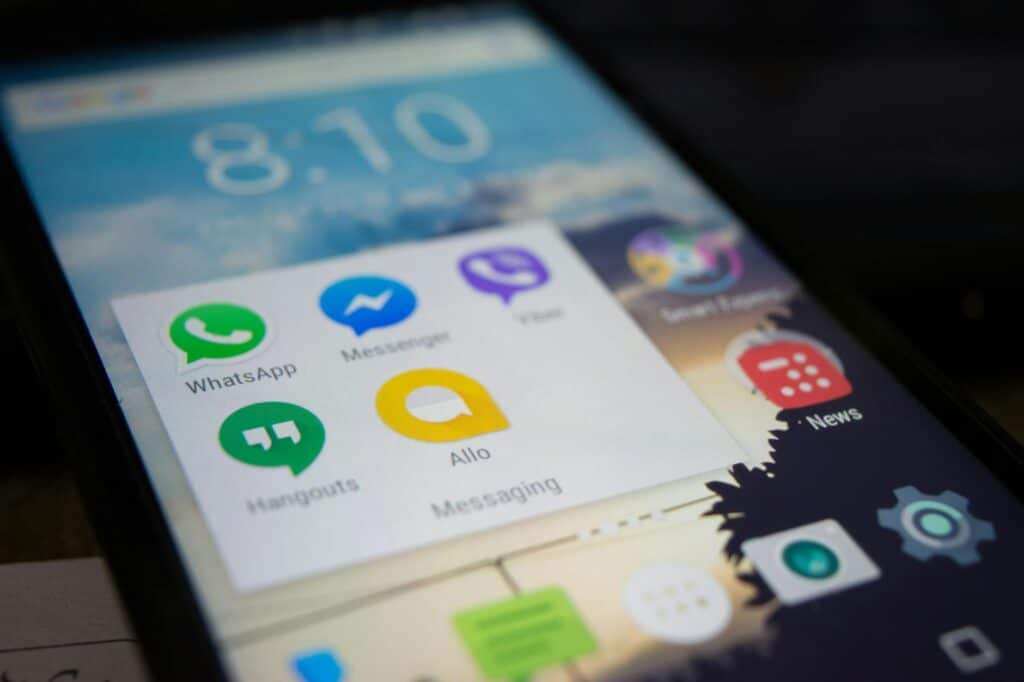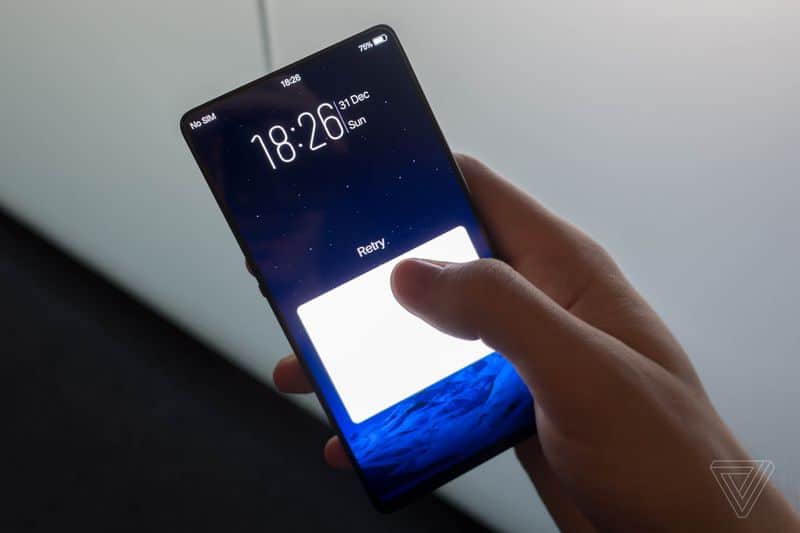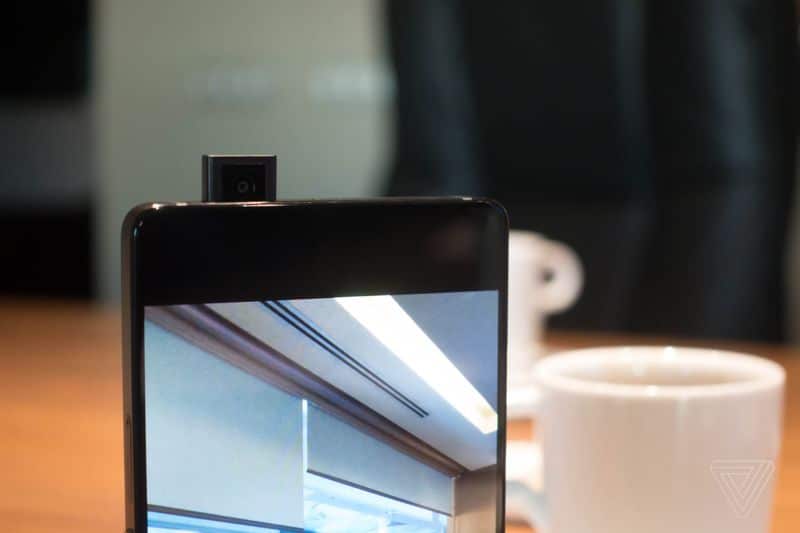Apex: huella en media pantalla y cámara selfie retráctil

- Huella en “media pantalla”: qué es y por qué cambia la forma de desbloquear
- Guerra a los marcos: cámara selfie retráctil y “pantalla que vibra” como auricular
- Cómo funciona la “media pantalla” de huella: la parte técnica, en sencillo
- Ventajas y compromisos del diseño sin biseles
- ¿Y la durabilidad del módulo retráctil?
- Lo que Apex nos enseñó (y ya vemos en móviles actuales)
- ¿Para quién tendría sentido un “Apex” si llegara al mercado?
- Checklist de compra si te atrae este enfoque
- También te puede interesar
Imagínate un teléfono casi sin bordes, que puedas desbloquear apoyando el dedo en una zona amplia del panel —sin acertar a un pequeño ícono— y que, cuando abras la app de cámara frontal, surja del marco un módulo retráctil como un periscopio. Ese es el punto de partida de Apex, el concepto de Vivo que llevó la idea de “todo pantalla” al extremo. A continuación te explico cómo funciona la huella en “media pantalla”, por qué la cámara pop-up solucionó (por fin) el dilema del “notch”, y qué lecciones deja para los móviles que están por venir.
Huella en “media pantalla”: qué es y por qué cambia la forma de desbloquear
The lector de huellas integrado en el display ya no es novedad, pero Apex sube la apuesta: en lugar de un punto diminuto que obliga a atinar con el pulgar, habilita un área amplia —aproximadamente un tercio del panel— donde apoyar el dedo. El sistema requiere pantalla OLED para iluminar la cresta dactilar y un sensor óptico bajo el panel que captura la imagen. No es tan inmediato como un lector capacitivo clásico, y responde mejor si apoyas el pulpejo que solo la punta, pero aporta comodidad: coges el móvil y desbloqueas sin pensar.
Además, la solución permite algo interesante: doble autenticación. El teléfono puede pedir dos huellas simultáneas —por ejemplo, tu pulgar y el de otra persona— para abrir un contenedor cifrado de fotos o documentos compartidos. No es una función para todos los días, pero ilustra el potencial de ampliar la zona de lectura.

Guerra a los marcos: cámara selfie retráctil y “pantalla que vibra” como auricular
Eliminar bordes no es solo una cuestión de diseño; hay hardware que necesita espacio. El ejemplo clásico es la cámara frontal. Mientras algunos fabricantes recurrieron a muescas (notch) o a ubicar el sensor abajo (con ángulos poco favorecedores), Apex propuso algo más elegante: un módulo de 8 MP escondido que se eleva en 0,8 s con un zumbido discreto. El tacto del mecanismo sorprende: lejos de sentirse endeble, transmite solidez, y —de paso— deja limpia la pantalla.
Otro problema de vivir sin marcos es el auricular de llamadas. En lugar del clásico altavoz, Vivo hace vibrar el panel para que funcione como transductor. La calidad no es la de un auricular premium, pero es plenamente utilizable y, sobre todo, permite mantener la pureza visual del frontal.

Cómo funciona la “media pantalla” de huella: la parte técnica, en sencillo
El lector bajo OLED necesita iluminación y contraste para leer con precisión. Al detectar el dedo, el teléfono enciende localmente los subpíxeles, el sensor óptico capta la imagen y el procesador compara el patrón con tu huella registrada. Al ampliar el área útil, el sistema activa una matriz de lectura mayor. El reto: coordinación entre panel, sensor y algoritmo para mantener tiempos razonables y, a la vez, no disparar el consumo energético.
En pruebas prácticas, el desbloqueo no alcanza la velocidad de un capacitivo trasero, pero la experiencia global mejora porque reduces los intentos fallidos por mal gesto. Y con aprendizaje del usuario (apoyar bien la yema) se vuelve consistente.
Ventajas y compromisos del diseño sin biseles
- Inmersión real: video y juegos ganan con un frontal despejado; leer también, al aprovechar mejor el alto de pantalla.
- Privacidad y limpieza visual: la cámara retráctil solo está expuesta cuando la necesitas.
- Ergonomía: la huella en área grande permite gestos más naturales al levantar el móvil.
- Partes móviles: el módulo pop-up añade un posible punto de desgaste (aunque los fabricantes declaran ciclos amplios).
- Coste y complejidad: más ingeniería significa producción más delicada; no todos los modelos del mercado lo adoptarán.
¿Y la durabilidad del módulo retráctil?
Es una de las dudas recurrentes. Los prototipos como Apex no están pensados para venta masiva, pero muestran que un mecanismo bien diseñado puede operar miles de veces sin holgura ni juego. La clave es el sello anti-polvo, el ajuste del motor y la detección de resistencia para retraerse si detecta un golpe. Aun así, si haces muchas videollamadas diarias o vives en ambientes con polvo fino, conviene considerar alternativas con cámara perforada (punch-hole), sabiendo que sacrificarás la “limpieza” del panel.
Lo que Apex nos enseñó (y ya vemos en móviles actuales)
Aunque Vivo dejó claro que Apex es un concepto, sus ideas ya se filtraron al mercado: lectores bajo pantalla más rápidos, frontales sin muescas y altavoces integrados bajo el panel. La dirección es inequívoca: más pantalla, menos distracciones. El futuro cercano pasa por sensores más grandes, capas de IA que mejoran la lectura con dedos húmedos o sucios y, quizá, zonas de huella adaptativas que cambien de tamaño según el contexto (pago, desbloqueo rápido, modo seguro).
¿Para quién tendría sentido un “Apex” si llegara al mercado?
- Usuarios que priorizan diseño y pantalla inmersiva para contenido.
- Amantes de la fotografía que prefieren una cámara frontal discreta, protegida cuando no se usa.
- Quien valora privacidad: un módulo que solo aparece cuando lo invocas reduce el riesgo de capturas accidentales.
Checklist de compra si te atrae este enfoque
- Prueba el desbloqueo: verifica que el área de huella responda bien a tu gesto natural.
- Escucha llamadas: comprueba si el sistema de pantalla-altavoz te resulta cómodo en ambientes ruidosos.
- Abre y cierra la cámara pop-up varias veces; busca solidez y detección de obstáculos.
- Protector y funda: asegúrate de que no interfieran con el área de huella ni con el módulo retráctil.
También te puede interesar
- Cómo activar Windows 10 desde CMD
- Eliminar virus de acceso directo en memoria USB
- Driver Booster: qué es y cómo usarlo con seguridad
Conclusión. Apex no es un producto final, pero marca el camino: desbloqueo más cómodo con áreas de huella amplias, cámaras que aparecen solo cuando hacen falta y frentes limpios que priorizan la pantalla. Si los fabricantes logran pulir velocidad, sellado y costes, veremos más móviles que se acerquen a ese ideal de “todo pantalla” sin sacrificar usabilidad.

Write us a comment: